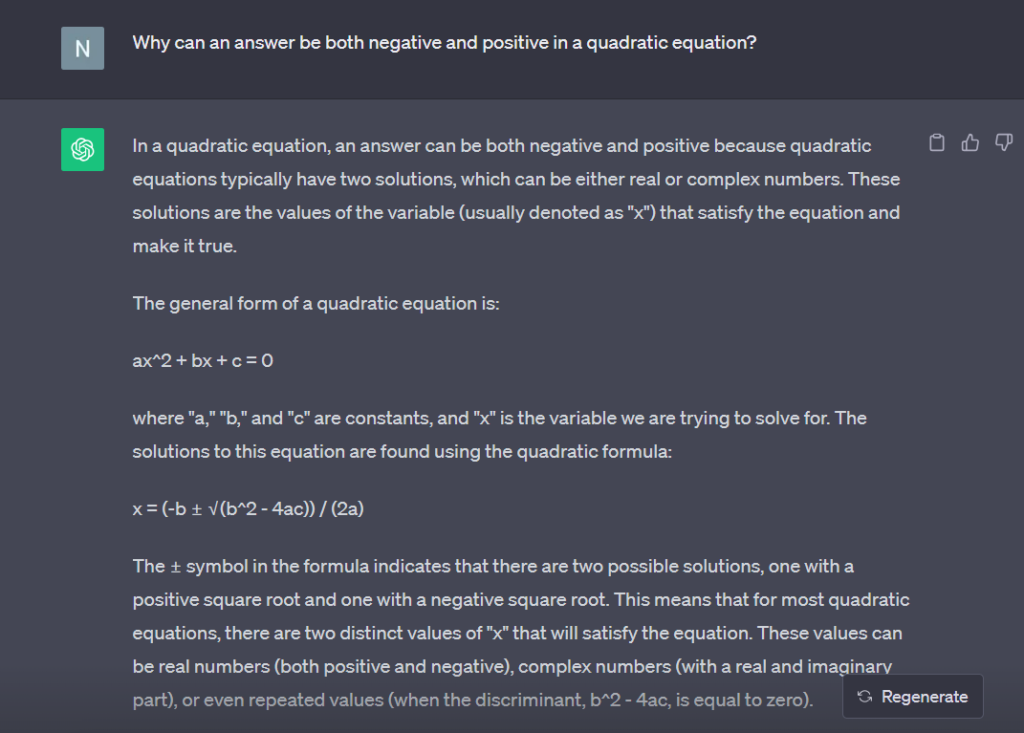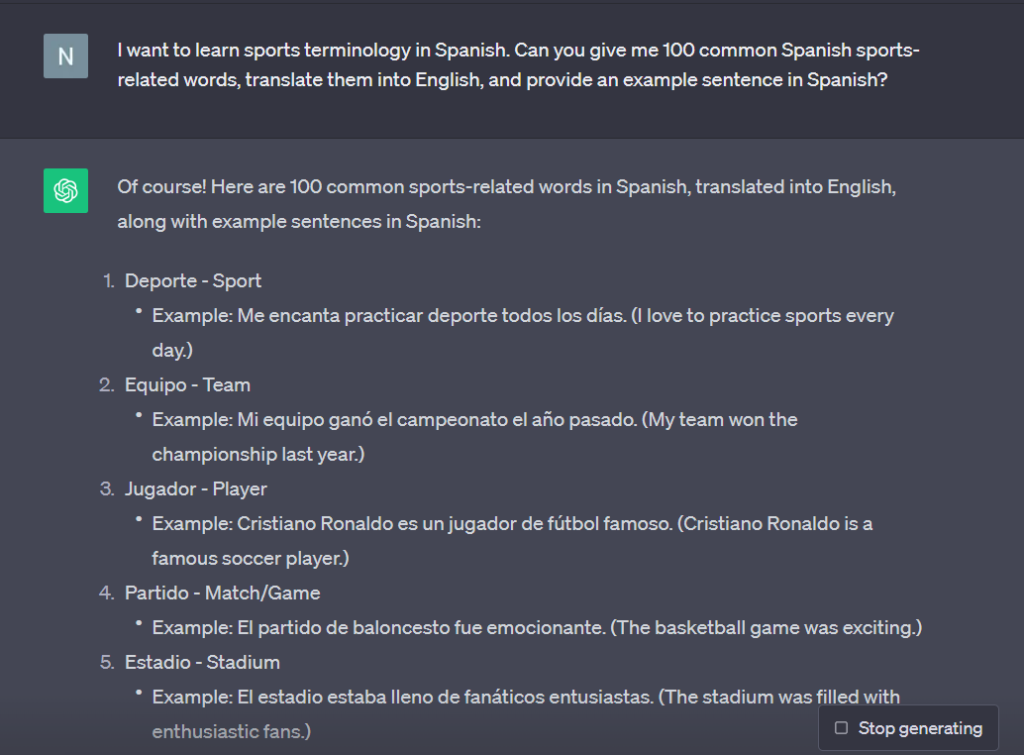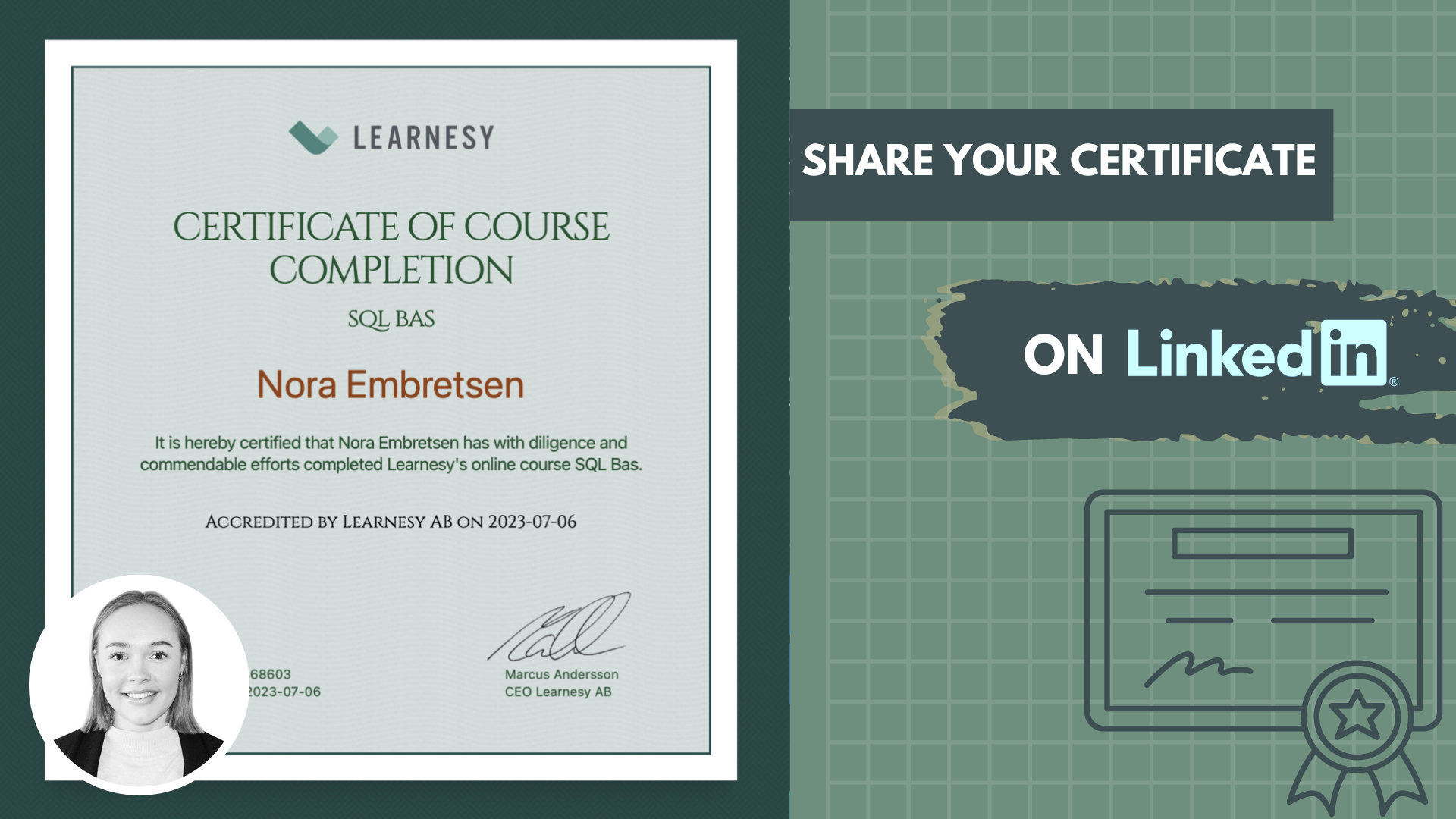How AI and ChatGPT are changing the way we learn.

There is no doubt that technology has continuously transformed the way we live and work. One of the recent additions to the technological world is ChatGPT, a groundbreaking artificial intelligence that can communicate and collaborate with us in a way that was unthinkable not long ago. But while ChatGPT and other language models have the potential to enhance our daily work in many ways, they have also raised concerns and controversies, especially within the education system.
One of the primary reasons for this concern is that ChatGPT can be used for cheating and plagiarism. Considering that this AI model is capable of generating content and responding to questions in a way that resembles human interaction, it is easy to see the basis for this skepticism. However, instead of categorically labeling ChatGPT as a threat to honesty and academic integrity, let’s first look at how it can improve our learning experience.
A Virtual Assistant
ChatGPT can function as a virtual tutor that is always available to answer our questions and provide guidance. Whether we need help understanding complex mathematical formulas, finding relevant sources for a research assignment, or just want a second opinion on our written work, AI can be of great assistance. It’s like having a tutor by our side 24/7. Information that previously required a Google search can now be generated to a large extent with the help of AI, faster and with better accuracy.
Another advantage of ChatGPT is that it can help personalize learning. Every student has their own strengths and weaknesses, and by interacting with ChatGPT, a personalized learning experience can be created. By analyzing and adapting to our questions and answers, ChatGPT can offer tailored resources and recommendations that cater to our individual needs and learning styles. Is it a paragraph that needs better wording, or is it a calculation that isn’t quite right? In either case, ChatGPT can be of great help to a student.

Beyond its role as a virtual tutor, ChatGPT can also serve as a creative partner. For students and professionals in creative and artistic fields, it can be a fantastic resource for generating ideas and feedback. By inputting information and receiving innovative suggestions, ChatGPT can serve as a source of inspiration even for more mundane tasks.
So how can we benefit from ChatGPT?
First, let’s understand that ChatGPT is a tool and not a replacement for human thought and creativity. It is important to view it as a complementary resource that can enhance our knowledge and skills by providing information and guidance. By using ChatGPT as a partner in our work, we can increase our productivity and efficiency.
Let’s look at some examples. One way we can benefit from ChatGPT is by using it as a research assistant. When faced with a complex task that requires extensive research, ChatGPT can help us find relevant sources and summarize information quickly and efficiently. Instead of spending hours searching for information, we can use that time for analysis and processing.
For businesses and professionals, ChatGPT can be helpful in making business decisions and problem-solving. By inputting relevant data and asking specific questions, an AI like ChatGPT can generate insightful answers and provide perspectives that can contribute to informed decision-making. It can serve as a virtual advisor, offering valuable input and helping us see new opportunities and options. The same mindset can be applied to studies if we want to effectively achieve goals. Especially when it comes to self-study, a virtual sounding board can be very useful! For example, if you want to learn how to develop mobile apps in your free time, you can ask ChatGPT to create a study plan and recommend resources.
Another exciting possibility is using ChatGPT to develop and improve our language skills. By interacting with ChatGPT, we can practice writing in different ways and receive real-time feedback and corrections. It can be particularly useful for improving grammar, vocabulary, and writing skills. ChatGPT can even be instructed to be our personal language coach, helping us become more expressive in our writing, if we so desire.

What Does the Future Hold?
It is important to remember that ChatGPT is not perfect and has its limitations. It can sometimes generate irrelevant or incorrect answers and cannot replace human judgment and experience. Therefore, it is important to be critical and use one’s own judgment when interpreting information obtained from an AI model like ChatGPT.
A good way to evaluate where one can leverage ChatGPT is to better understand the fundamental principles on which the model is built. Language models like ChatGPT are trained on massive amounts of data, mostly collected from the internet, and then fine-tuned with billions of parameters. This process results in a network that can be used to recreate and simulate patterns it has been trained on, in this case, text. In summary, ChatGPT can be described as a statistical representation of language with the ability to handle context.
That said, one cannot always expect consistent answers from ChatGPT, especially for more detailed and complex questions. However, the AI field is advancing rapidly, and some information in this article may become outdated shortly.
Much like the internet, ChatGPT is not just a tool for entertainment or cheating, but an opportunity to change the way we learn and work. But while we explore the countless possibilities that ChatGPT offers, we must be aware of the ethical and privacy issues that come with this technology.
In next week’s post, we will explore how we can use ChatGPT to benefit data analysis.













